Find the expert, specialized vascular surgeries you need
Vascular diseases disrupt the intricate system of blood vessels that transport blood throughout your body. If you have a vascular condition, treatment by a vascular specialist and vascular surgeon could be a key part of your treatment plan.
With access to advanced techniques and specialized technologies, your surgeon can recommend the right solution for your condition.
Conditions treated
Vascular surgeons can treat many vascular conditions with ongoing management or intervention, including:
- Aortic aneurysms, balloon-like bulges in the aorta, the body’s largest artery in the chest and abdomen
- Carotid artery disease, a narrowing of blood vessels that carry blood to the brain and face
- Peripheral artery disease (PAD), narrowing or blockage in the blood vessels that carry blood from the heart to the abdominal organs, the arms and legs
- Thoracic outlet syndrome, a condition that involves compression in one or more of the nerves, arteries and veins leading to the arms
- Chronic venous insufficiency, where veins have difficulty moving blood back to the heart
- Pulmonary embolus, clots in the body that may travel to the lungs
- Deep vein thrombosis, a blood clot that forms in a deep vein in the body
- Varicose veins, bulging, sometimes painful veins in the legs
Options for vascular surgery
Your options for vascular surgery will be based on your unique condition and tailored treatment plan.
Endovascular surgery
Endovascular procedures allow vascular surgeons to operate through smaller incisions than traditional open surgeries. Surgeons often use catheters (small, thin tubes) and stents (mesh tubes) to open blocked or narrowed blood vessels.
There are several benefits to these less invasive surgeries, such as less bleeding, fewer complications and a faster recovery.
Endovascular procedures include:
- Angioplasty and stenting, which uses balloons and stents to open narrowed or blocked arteries caused by conditions such as PAD
- Endovascular aneurysm repair (EVAR), used to treat abdominal aortic aneurysms and aneurysms in your chest
- Endovenous ablation, in which veins are sealed off with a laser, chemicals or radiofrequency waves
- Thrombectomy to remove blood clots that can cause strokes, pulmonary embolism and deep vein thrombosis
- Trans-carotid artery revascularization (TCAR), a method to treat carotid artery disease and blockage, and reduce the risks of stroke during the procedure and afterward
Traditional open vascular surgery
Depending on your diagnosis and condition, a traditional open procedure may be a better alternative for a better long-term outcome. Open surgery sometimes requires a larger incision than a minimally invasive procedure. While recovery may take slightly longer, your results can be as good or better than those you would experience with a minimally invasive surgery.
Open vascular surgeries include:
- Carotid endarterectomy, used to clear blockages caused by carotid artery disease
- Open aortic aneurysm repair, which involves an incision in your belly or chest to access the bulging aortic artery
- Open bypass surgery, a procedure that can treat PAD and similar conditions using a vein or artificial tube to redirect blood around a blockage in your artery
Specialized vascular surgeries for unique conditions
Some vascular diseases require procedures that address the cause or complication of the condition. In these cases, your vascular specialist can work with other physicians to provide the specialized care you need.
Thoracic outlet syndrome, a vascular disease in which an area between the neck and armpit is narrowed, may benefit from first rib resection. The procedure involves a surgeon removing all or part of a rib to give blood vessels more room.
In people receiving kidney dialysis, you may need a catheter or graft in the arm to provide a place to get the dialysis regularly. Vascular surgeons can implant a device called a hemodialysis access graft or use your vein to create a fistula (connection) to help improve dialysis results and reduce infections.
What to expect from vascular surgery
Each vascular surgery has different requirements, and your care team will provide you with instructions about preparing for your specific procedure. Your instructions may include tests you’ll need both before and after the procedure and guidelines for taking medications and fasting before the procedure.
It’s important to carefully review those instructions in the days and weeks before surgery to ensure you fully understand the steps you need to take.
Recovering from vascular surgery
Recovery after vascular surgery and the length of your hospital stay depends on the specific procedure and whether it was an open or endovascular surgery. Ask your surgeon what to expect after surgery, including how long you’ll need to stay in the hospital and what you can expect for your recovery.
Your care team can advise you about any symptoms to watch for that could indicate a complication. If you experience potential signs of infection or other complications, call your surgeon’s office or follow the provided instructions.
Full recovery and healing may take from several days to several months. Carefully follow your vascular surgeon’s guidance about when it’s safe to resume daily activities, including work.
Find a location near you
If you need vascular surgery, you can trust the expertise of our vascular surgeons. Regardless of where you have surgery, you can receive comprehensive follow-up care and rehabilitation at one of our many convenient locations in North and Central Texas.

Baylor Scott & White All Saints Medical Center - Fort Worth
1400 8th Ave , Fort Worth, TX, 76104
Baylor Scott & White Clinic - Temple
2401 S 31st St , Temple, TX, 76508- Monday: 8:00 am - 5:00 pm
- Tuesday: 8:00 am - 5:00 pm
- Wednesday: 8:00 am - 5:00 pm
- Thursday: 8:00 am - 5:00 pm
- Friday: 8:00 am - 5:00 pm
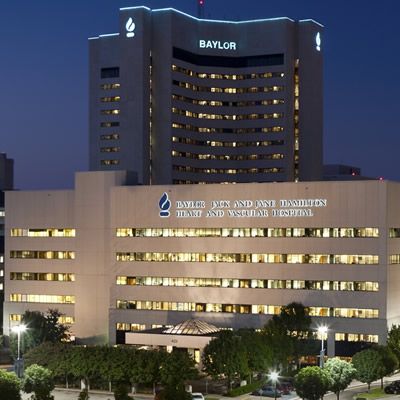
Baylor Scott & White Heart and Vascular Hospital - Dallas
621 N Hall St , Dallas, TX, 75226
Baylor Scott & White Heart and Vascular Hospital - Fort Worth
1400 8th Ave Bldg A, 6th Floor, Fort Worth, TX, 76104
Baylor Scott & White Medical Center - Centennial
12505 Lebanon Rd , Frisco, TX, 75035
Baylor Scott & White Medical Center - Frisco
5601 Warren Pkwy , Frisco, TX, 75034
Baylor Scott & White Medical Center - Grapevine
1650 W College St , Grapevine, TX, 76051
Baylor Scott & White Medical Center - Hillcrest
100 Hillcrest Medical Blvd , Waco, TX, 76712
Baylor Scott & White Medical Center - Irving
1901 N MacArthur Blvd , Irving, TX, 75061
Baylor Scott & White Medical Center - Lake Pointe
6800 Scenic Dr , Rowlett, TX, 75088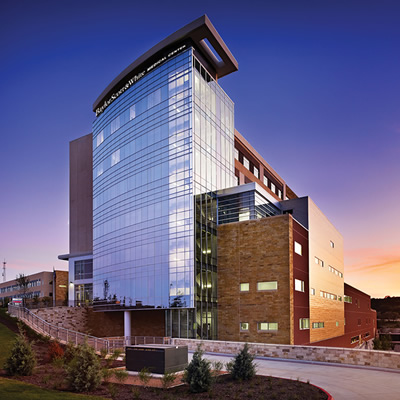
Baylor Scott & White Medical Center - Lakeway
100 Medical Pkwy , Lakeway, TX, 78738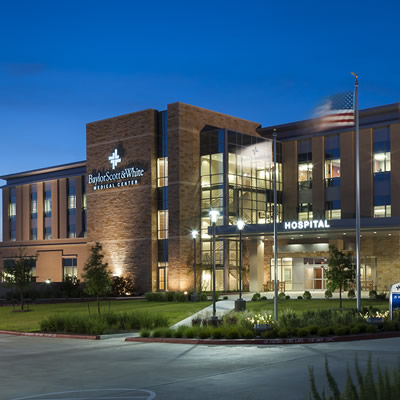
Baylor Scott & White Medical Center - Marble Falls
810 W State Hwy 71 , Marble Falls, TX, 78654
Baylor Scott & White Medical Center - McKinney
5252 W University Dr Highway 380 at Lake Forest Drive, McKinney, TX, 75071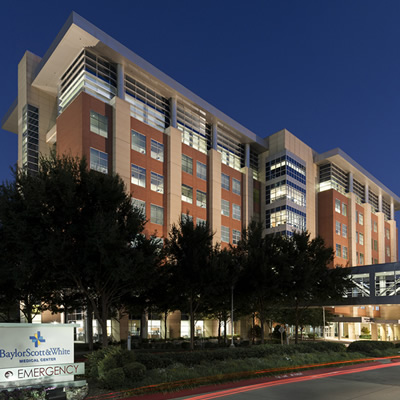
Baylor Scott & White Medical Center - Plano
4700 Alliance Blvd , Plano, TX, 75093
Baylor Scott & White Medical Center - Round Rock
300 University Blvd , Round Rock, TX, 78665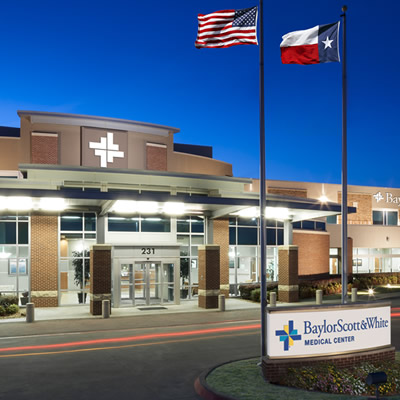
Baylor Scott & White Medical Center - Sunnyvale
231 S Collins Rd , Sunnyvale, TX, 75182
Baylor Scott & White Medical Center - Temple
2401 S 31st St , Temple, TX, 76508
Baylor Scott & White Medical Center - Waxahachie
2400 N Interstate 35E , Waxahachie, TX, 75165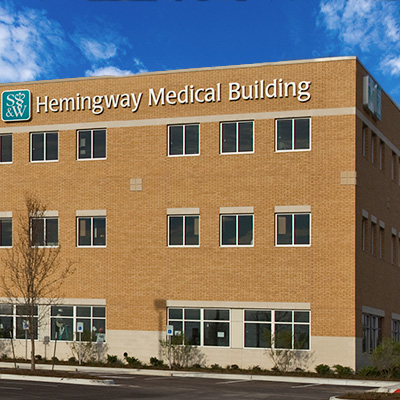
Baylor Scott & White Specialty Clinic - Killeen Hemingway
2405 S Clear Creek Rd , Killeen, TX, 76549- Monday: 8:00 am - 5:00 pm
- Tuesday: 8:00 am - 5:00 pm
- Wednesday: 8:00 am - 5:00 pm
- Thursday: 8:00 am - 5:00 pm
- Friday: 8:00 am - 5:00 pm
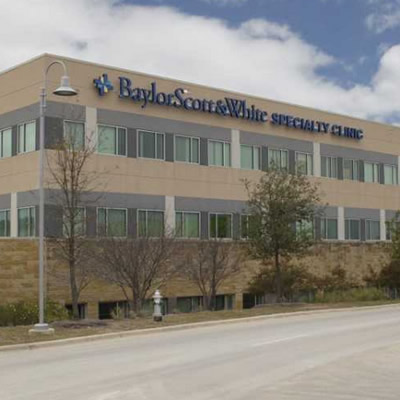
Baylor Scott & White Specialty Clinic - Lakeway
200 Medical Pkwy , Lakeway, TX, 78738- Monday: 8:00 am - 5:00 pm
- Tuesday: 8:00 am - 5:00 pm
- Wednesday: 8:00 am - 5:00 pm
- Thursday: 8:00 am - 5:00 pm
- Friday: 8:00 am - 5:00 pm
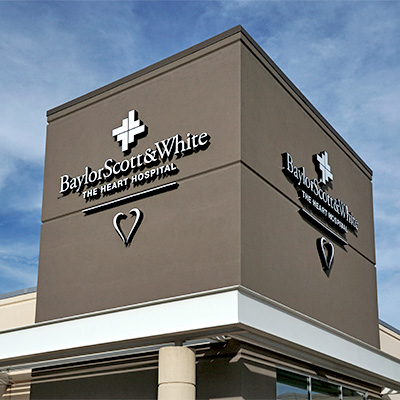
Baylor Scott & White The Heart Hospital - Denton
2801 S Mayhill Rd , Denton, TX, 76208
Baylor Scott & White The Heart Hospital - McKinney
5268 W University Dr , McKinney, TX, 75071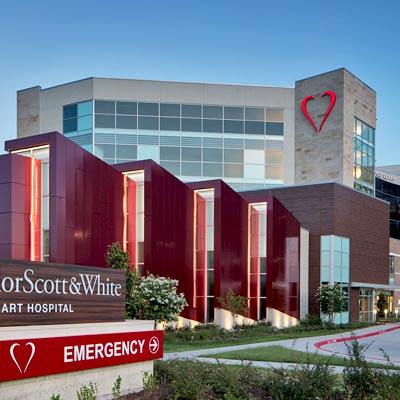
Baylor Scott & White The Heart Hospital - Plano
1100 Allied Dr , Plano, TX, 75093
Baylor Scott & White Vascular and Vein Clinic - Austin
2217 Park Bend Dr Ste 230, Austin, TX, 78758- Monday: 8:00 am - 5:00 pm
- Tuesday: 8:00 am - 5:00 pm
- Wednesday: 8:00 am - 5:00 pm
- Thursday: 8:00 am - 5:00 pm
- Friday: 8:00 am - 5:00 pm

Baylor Scott & White Vascular Surgery Specialists - Fort Worth
1250 8th Ave Ste 200, Fort Worth, TX, 76104- Monday: 8:30 am - 4:30 pm
- Tuesday: 8:30 am - 4:30 pm
- Wednesday: 8:30 am - 4:30 pm
- Thursday: 8:30 am - 4:30 pm
- Friday: 8:30 am - 4:30 pm

Baylor Scott & White Vascular Surgery Specialists - Grapevine
2020 W State Hwy 114 Ste 200, Grapevine, TX, 76051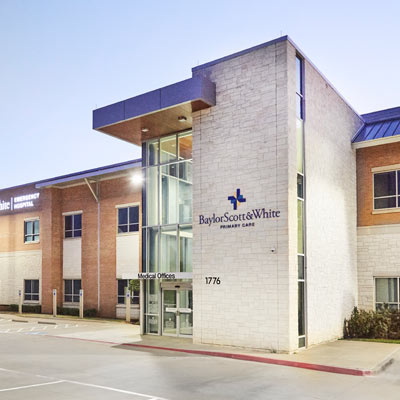
Baylor Scott & White Vascular Surgery Specialists - Mansfield
1776 N US 287 Ste 220, Mansfield, TX, 76063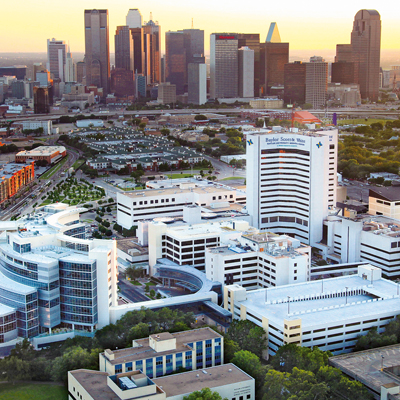
Baylor University Medical Center, part of Baylor Scott & White Health
3500 Gaston Ave , Dallas, TX, 75246Hours of Operation
Hours of Operation
Office Hours
Frequently asked questions
-
Is vascular surgery safe?
Although vascular surgeries are performed safely every day, any procedure comes with some risks. Your surgeon will discuss these risks with you beforehand, but ask any questions you may have before the procedure so you and your family are comfortable and understand all of the risks.
The instructions your team provides are designed to minimize your risks. For example, you may need treatments to control a chronic health condition, or your surgical team may want you to stop smoking before your surgery.
Health tests before your operation will help determine how your team can best work to ensure you’re as healthy as possible before surgery.